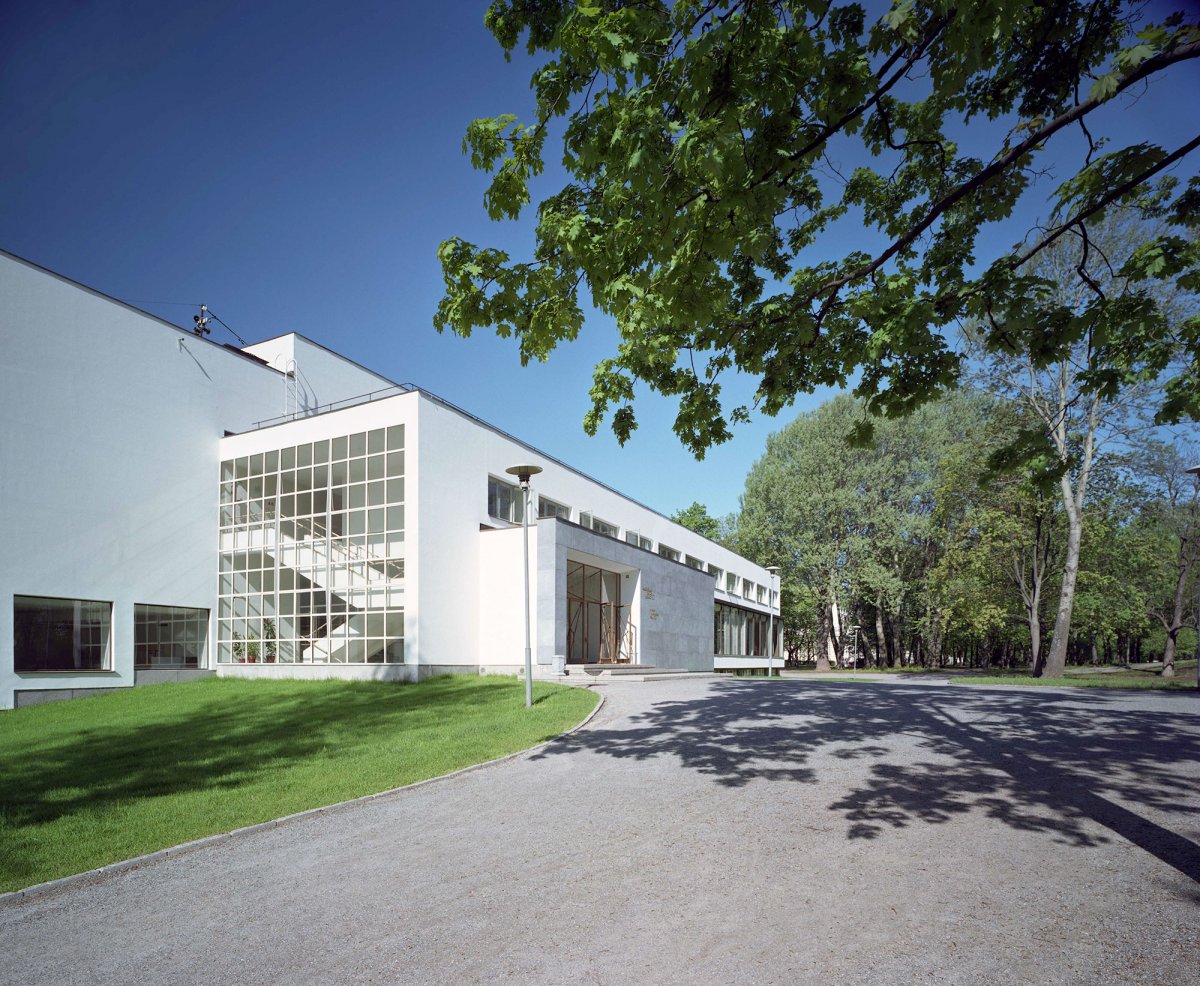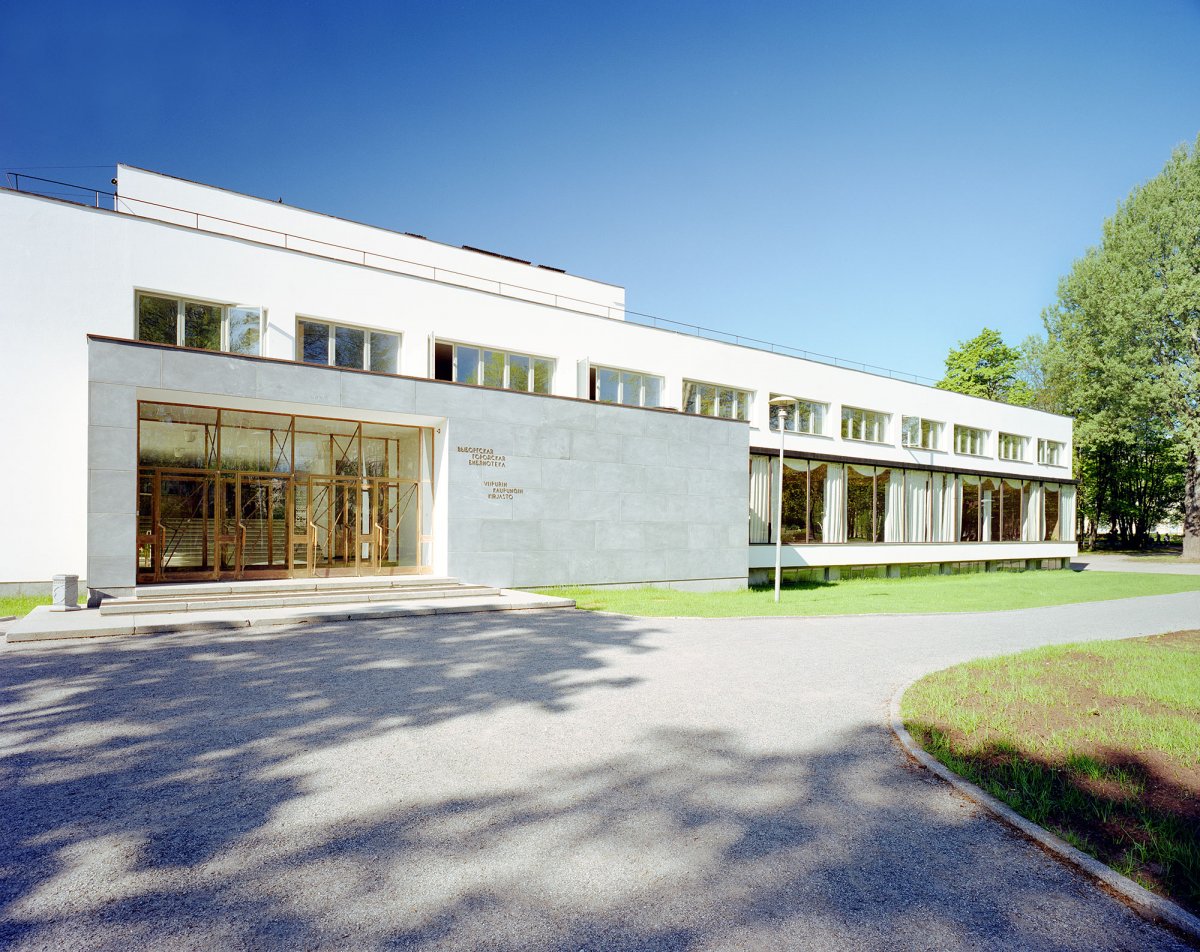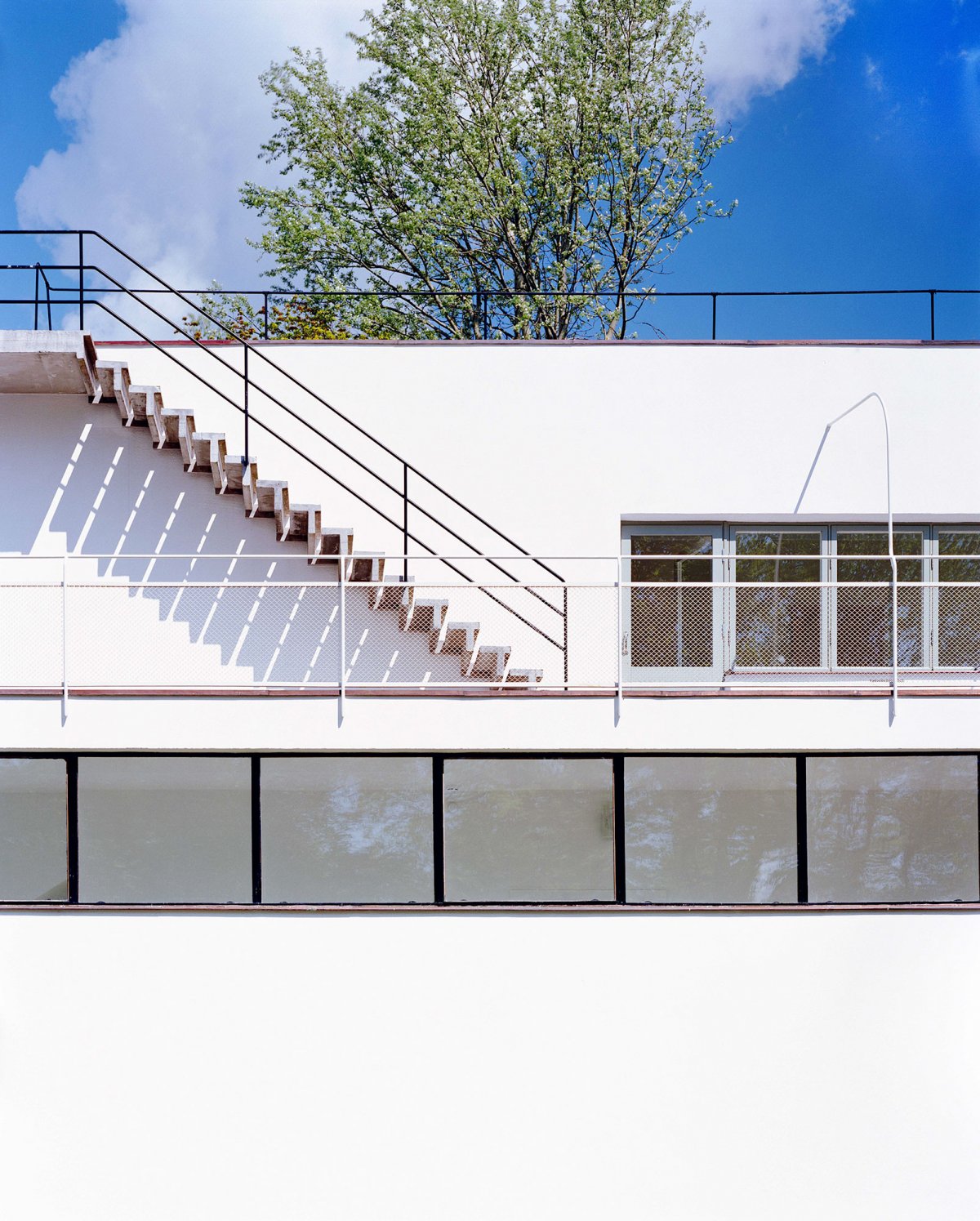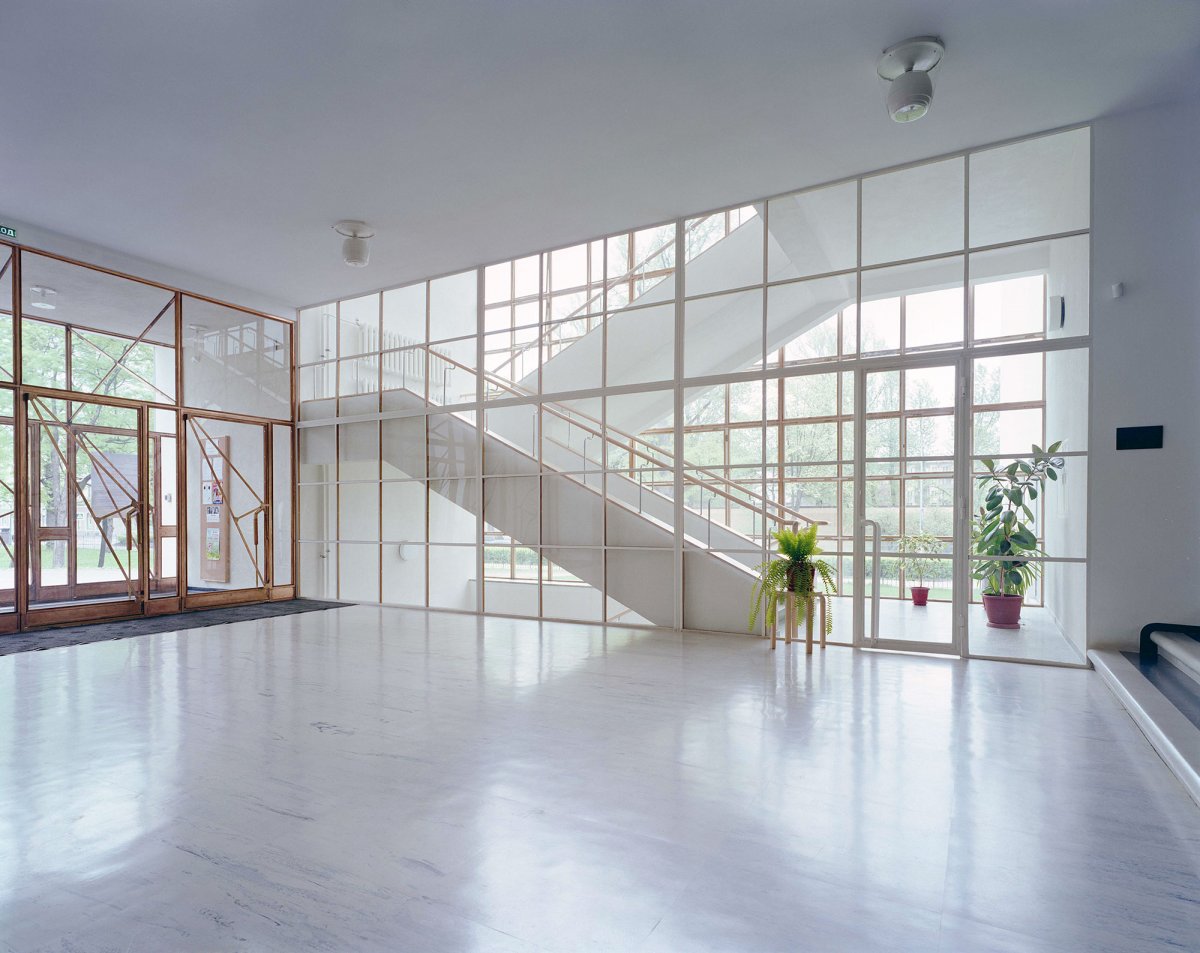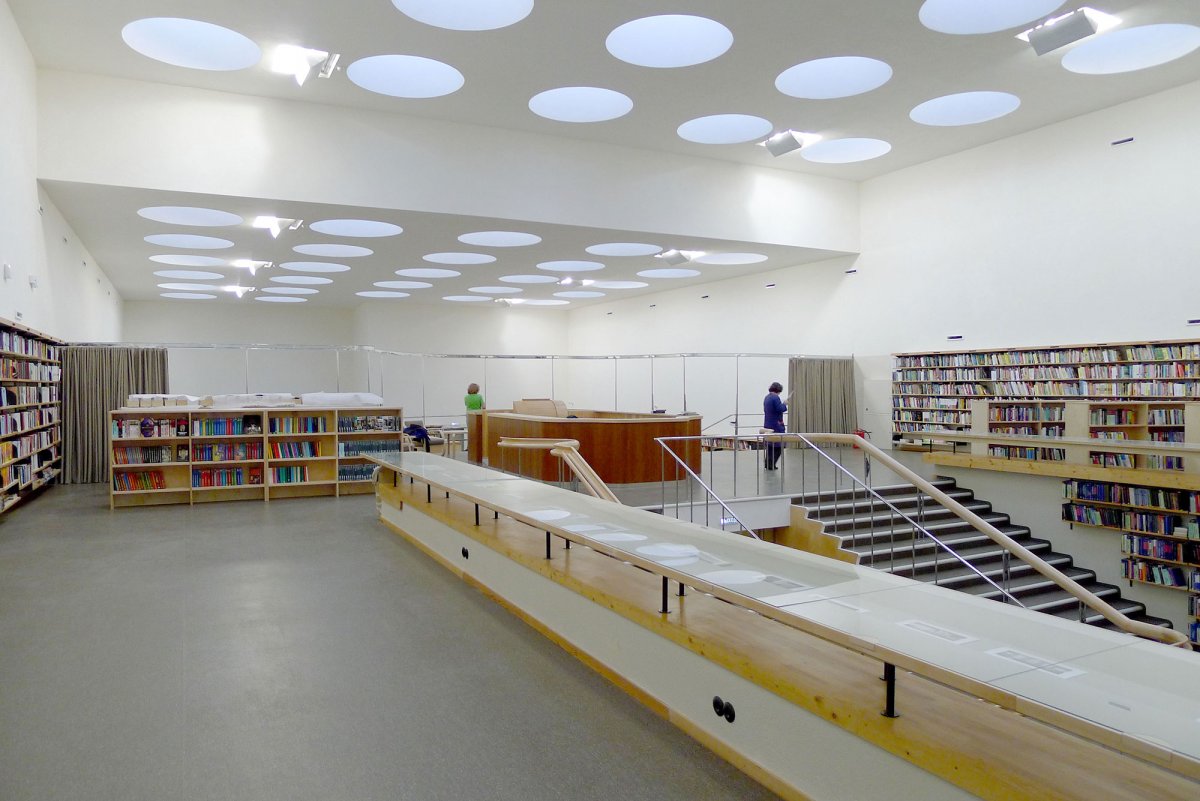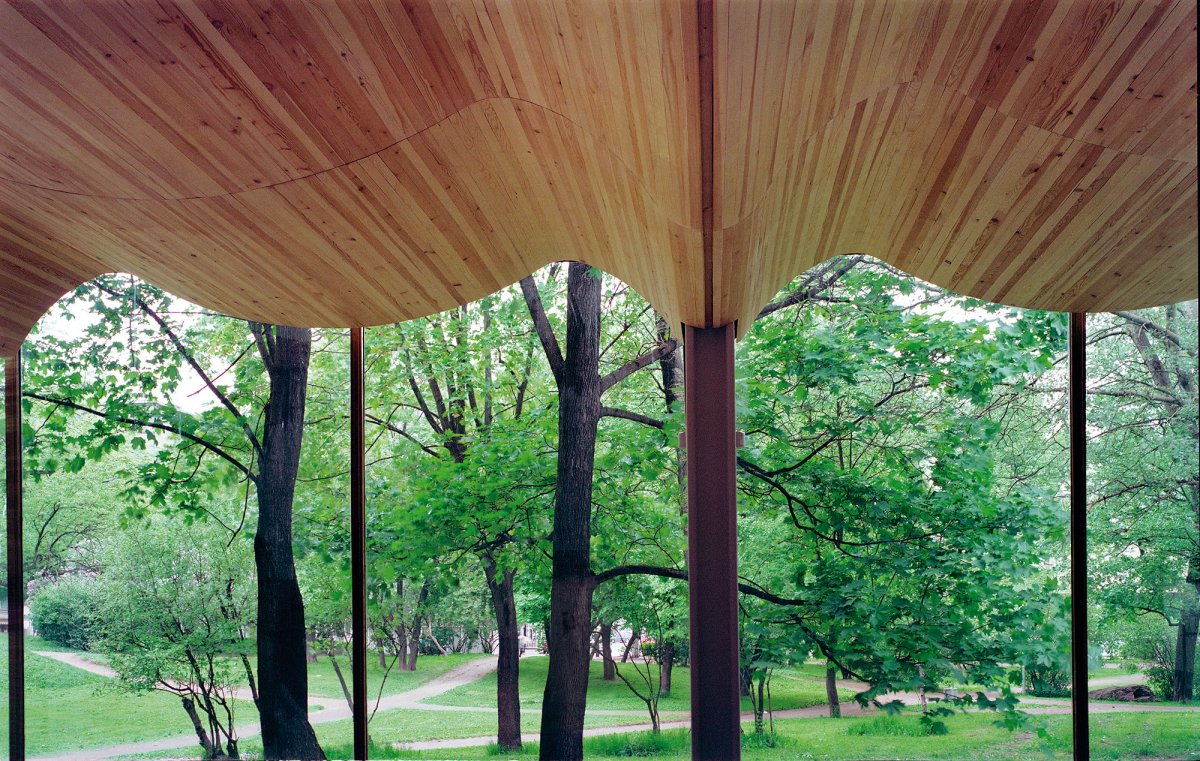
The Viipuri Library in Vyborg, Russia, was designed and built by Finnish modernist architect Alvar Aalto between 1927 and 1935. During the construction period, the land was owned by Finland. However, due to border changes during World War II, Vyborg became part of Russia. Alvar Aalto's library is considered a landmark in the history of modern architecture. The building displays features that later became the hallmark of Alvar Aalto's modernist work, including undulating ceilings, free-flowing plan and cross-sectional Spaces, the use of lighting and plants, and a combination of wood.
Alvar Aalto's highly rational and unique design approach, combined with a new palette of modern building materials, resulted in a streamlined form that blended with Alvar Aalto's appreciation of the natural and social conditions of Northern Europe at the time. The building is designed as an internal rectangular space, similar to a classical room, surrounded by a lean, undecorated exterior wall. The ceiling is the unique feature of the library. A ceiling in the reading area is arranged in a stepped plan, pierced by a number of circular skylights. The ceiling of the Library Lecture Hall features undulating textured timber.
- Architect: Alvar Aalto(1898-1976)
- Words: Qianqian

